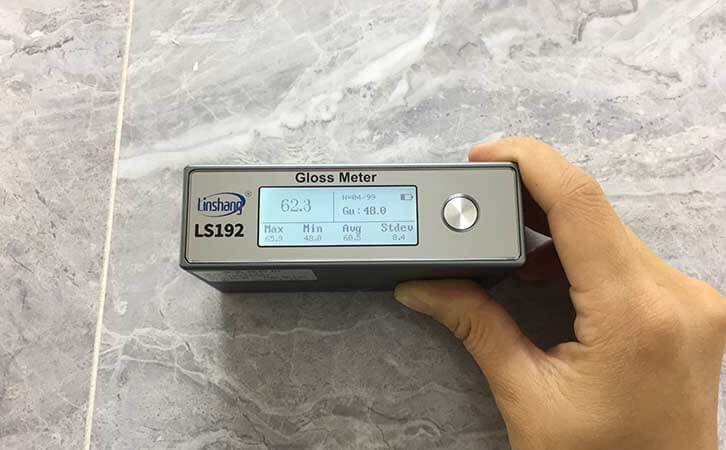How to Choose the Right Measurement Angle of Gloss Meter?
1. Environmental requirements for gloss meter
Gloss meter is a precision optical instrument specially used to detect the surface gloss of objects, so it also has certain requirements for the use environment. Try to avoid using and storing the gloss meter in a humid, strong electromagnetic interference, strong light and dusty environment. If used, it may cause explosion and fire.
It is recommended to use and store the instrument in a standard laboratory environment (temperature 20 ° C, 1 standard atmospheric pressure, humidity 50 ~ 70% RH).
The standard board equipped with the gloss meter is a precision optical component. It must be properly stored and used. Avoid sharp objects hitting the work surface, avoid dirt contaminating the work surface and avoid exposing the standard board to strong light. Users should regularly clean the standard board with a soft cloth dampened with alcohol.
Do not disassemble the instrument privately, otherwise the instrument will be destroyed. The dust and metal foreign objects may enter the instrument. The instrument may short circuit, generate electric shock, cause damage to the instrument and even cause fire.
During the use of the instrument, if the instrument emits scorching and other odors, stop using it immediately and send to instrument back to the manufacturer for maintenance.
2. How to choose the gloss meter to measure the angle?
Gloss is measured using a gloss meter. Most gloss meters measure the surface reflectance of an object, which is called a specular gloss meter. The measurement results are different depending on the angle of incidence selected during the measurement. The larger the angle of incidence, the greater the specular reflectance and the higher the gloss. That is why high-gloss materials should be measured with a high-gloss measuring instrument at a 20-degree angle; otherwise, the lower the specular reflectance, the lower the gloss. Use a low gloss meterwith an 85 degree angle. It can be seen that the level of gloss depends not only on the surface characteristics of the object, but also on the measuring angle of the instrument.
As for which materials are best measured at any angle, there is no uniform national standard. Generally, the 60-degree angle is commonly used on the market. Like the universal 60-degree gloss meter LS192 from Linshang Technology, the range reaches 1000GU. High-gloss and low-gloss materials can be tested because the gloss is a relative value. When there is no uniform standard in the industry, the LS192 gloss meter can be used for testing. If the industry has a uniform standard, it is best to use the same angle of testing. Therefore, when selecting the measurement angle, you should choose differently according to different situations.
